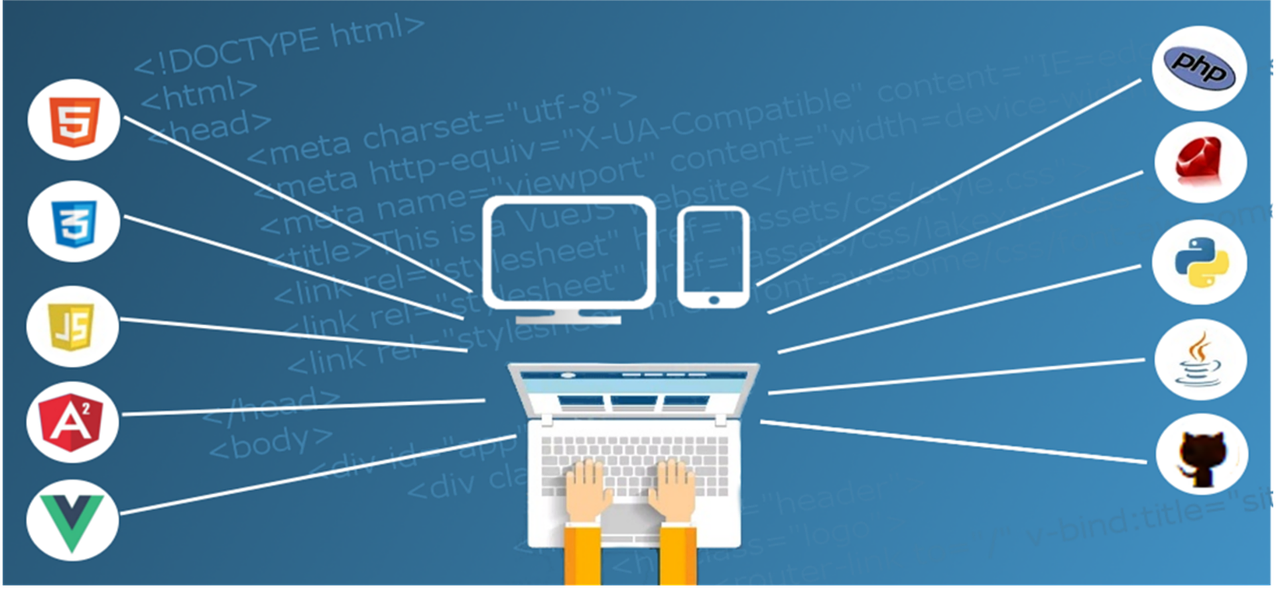Inquiry Form


The landscape of education has undergone a revolutionary transformation with the integration of technology. The shift from traditional to digital methods has redefined how information is delivered and revolutionized the entire learning experience. In this blog post, we will explore the evolution of educational technology, from its early stages to the current digital era, and examine the profound impact it has had on teaching and learning methodologies.
The journey of educational technology can be traced back to the use of overhead projectors and educational television. In the mid-20th century, these tools were groundbreaking, offering educators a means to enhance classroom presentations and engage students through visual aids. While rudimentary by today's standards, these early technologies laid the foundation for the integration of multimedia in education.
The advent of personal computers in the 1980s marked a significant milestone in the evolution of educational technology. Computers provided a platform for interactive learning, allowing students to engage with educational software and explore subjects in a more dynamic and personalized manner. The rise of computer labs in schools and the introduction of educational software transformed traditional teaching methods.
The widespread availability of the internet in the late 20th century was a game-changer for education. It opened up a vast repository of information, enabling students and educators to access resources from around the world. The Internet facilitated collaborative learning through online forums, and email became a tool for communication between teachers and students. The shift from print to digital resources began, ushering in an era of unprecedented connectivity and information accessibility.
The 21st century saw the rise of interactive whiteboards in classrooms, replacing traditional blackboards. These digital boards allowed educators to create interactive lessons, integrate multimedia elements, and engage students in ways not possible with conventional teaching tools. Multimedia presentations became a standard, with teachers incorporating images, videos, and interactive content to make learning more engaging and effective.
The proliferation of smartphones and tablets brought about a paradigm shift in educational technology. Mobile learning, or m-learning, emerged as a prominent trend, providing learners with the flexibility to access educational content anytime, anywhere. Educational apps became instrumental in delivering interactive lessons, quizzes, and personalized learning experiences. This shift towards mobile devices made education more accessible and catered to diverse learning styles.
The concept of e-learning gained momentum, with the development of dedicated platforms hosting courses, lectures, and educational resources online. Virtual classrooms and webinars allowed educators to reach a global audience, breaking down geographical barriers. Learning Management Systems (LMS) provided a centralized hub for course materials, assessments, and student-teacher communication. This shift towards virtual learning became particularly prominent during the global challenges, such as the COVID-19 pandemic, highlighting the resilience and adaptability of digital education.
Gamification, the integration of game elements into non-game contexts, became a popular strategy to enhance student engagement. Educational games and simulations emerged as effective tools for making learning enjoyable and fostering critical thinking skills. Gamified elements, such as badges, rewards, and progress tracking, motivated students to actively participate in their learning journey.
The latest frontier in the evolution of educational technology is the integration of Artificial Intelligence (AI). AI is being leveraged to personalize learning experiences, adapt content to individual student needs, and provide real-time feedback. Intelligent tutoring systems use machine learning algorithms to analyze student performance and tailor educational content accordingly. AI also plays a role in automating administrative tasks, allowing educators to focus more on personalized instruction.
While the evolution of educational technology has brought about transformative changes, it is not without
challenges. Access to technology, the digital divide, and concerns about data privacy are issues that need
addressing. Additionally, the rapid pace of technological advancements requires educators to continuously
update their skills to effectively integrate new tools into the learning environment.
However, the opportunities presented by digital education are immense. The ability to cater to diverse
learning styles, the democratization of education through online platforms, and the potential for global
collaboration are just a few of the advantages. Educational technology has the power to make education more
inclusive, interactive, and adaptive to the needs of individual learners.
The evolution of educational technology reflects a dynamic journey from traditional teaching methods to a digital era characterized by accessibility, interactivity, and personalization. As we navigate the future of education, it is crucial to strike a balance between leveraging technological advancements and addressing the challenges that arise. The synergy between educators, technology developers, and policymakers is essential to creating a learning environment that prepares students for the complexities of the 21st century. In this digital age, education has become a transformative force, shaping not only individual lives but the trajectory of societies on a global scale.